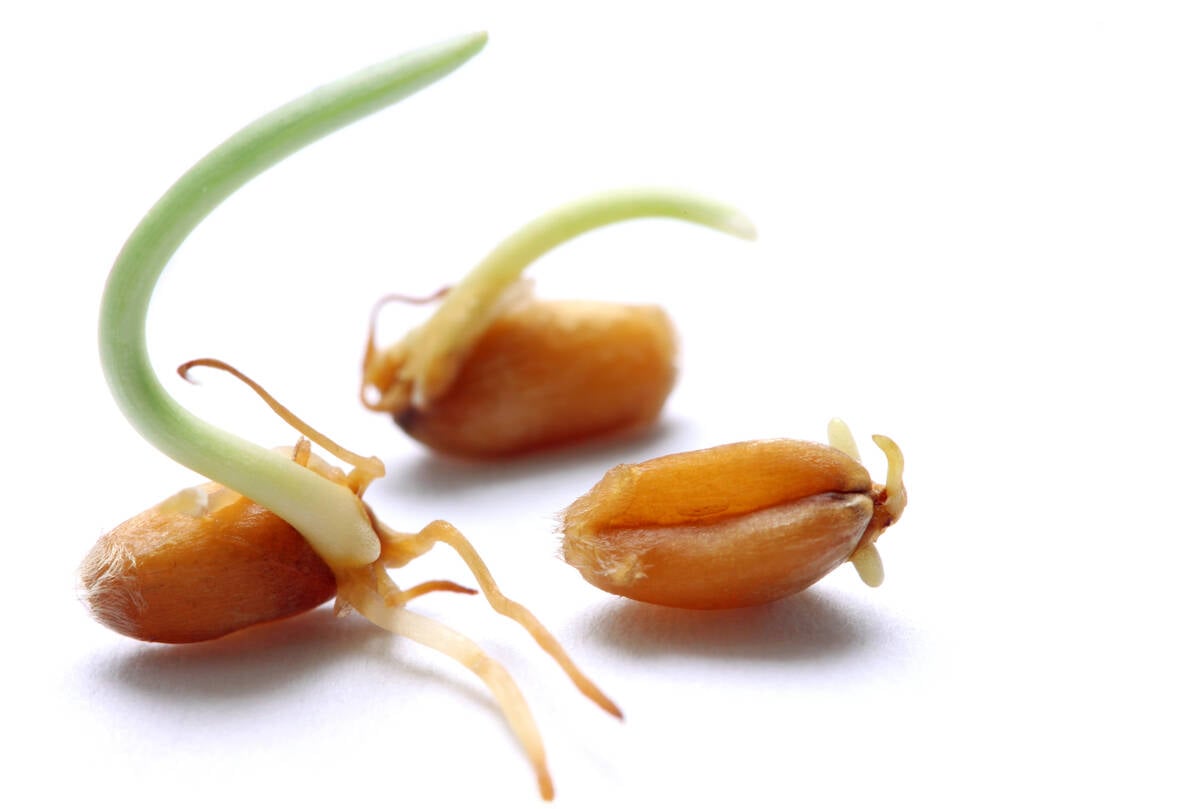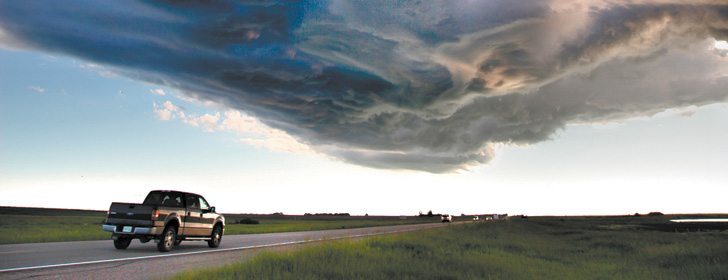It’s a given that prairie folk love to talk about the weather.
But in 2011, the never-ending talk of rain, floods and extreme heat was too much for most Manitobans to bear.
“It’s day after day. It’s not just the farm, it’s your basement … and the sirens going off in town because they need sandbaggers again,” Andy Barclay, who farms north of Souris, Man., said in June.
“It just gets tiring. That’s all anyone talks about day after day is the flood and the rain.”
Read Also

Manitoba farmers fight sprouted wheat after rain
Rain in mid-September has led to wheat sprouting problems in some Manitoba farm fields.
Like dozens of producers in southwestern Manitoba, Barclay failed to seed a crop last spring because his fields were inundated with water.
A variety of factors combined to make 2011 an extremely wet spring for farmers: a wetter than usual 2010, above average snowfall over the winter, a wet, cool spring and a massive amount of water flowing into Manitoba from Saskatchewan and North Dakota.
The 2,400 unseeded acres on Barclay’s farm contributed to an ignominious record: Manitoba producers were unable to seed 2.9 million acres of cropland in the spring of 2011, nearly double the old record of 1.5 million acres.
The results were often poor to mediocre for producers who were able to seed a crop into the soggy conditions.
Canola crops around Winnipeg were particularly dreadful. Farmers near Starbuck, Man., reported yields of three to six bushels per acre be-cause plants were unable to develop roots in the wet spring and couldn’t tap into water deeper in the soil when little to no rain fell around Winnipeg in July and August.
On the positive side, the dry weather persisted into the fall, drying up most of the province’s soaked and unseeded acres.
Soil moisture conditions in southwestern Manitoba are likely better than they were in 2010, when many fields were saturated going into freeze up, said Elmer Kaskiw, a Manitoba Agriculture crop production adviser in Shoal Lake.
As well, the dry weather gave producers an opportunity to cultivate land that was rutted or damaged during the spring’s extremely soft conditions.
It was also a nasty year for cattle producers around Lake Manitoba.
Water diverted into the lake this spring and summer from the swollen Assiniboine River caused water levels to exceed 817 feet above sea level, nearly five feet higher than the maximum regulated level for Lake Manitoba.
High water pushed the lake’s shoreline outward, forcing dozens of producers around the lake to move livestock inland or relocate animals to other pastures in Western Canada.
The province dug a $100 million drainage channel, which is designed to drain excess water from Lake Manitoba and Lake St. Martin into Lake Winnipeg.
Nonetheless, Lake Manitoba water levels were still high going into winter and many cattle producers around the lake are coping with frozen ponds on feed yards, pasture and hay land.
















